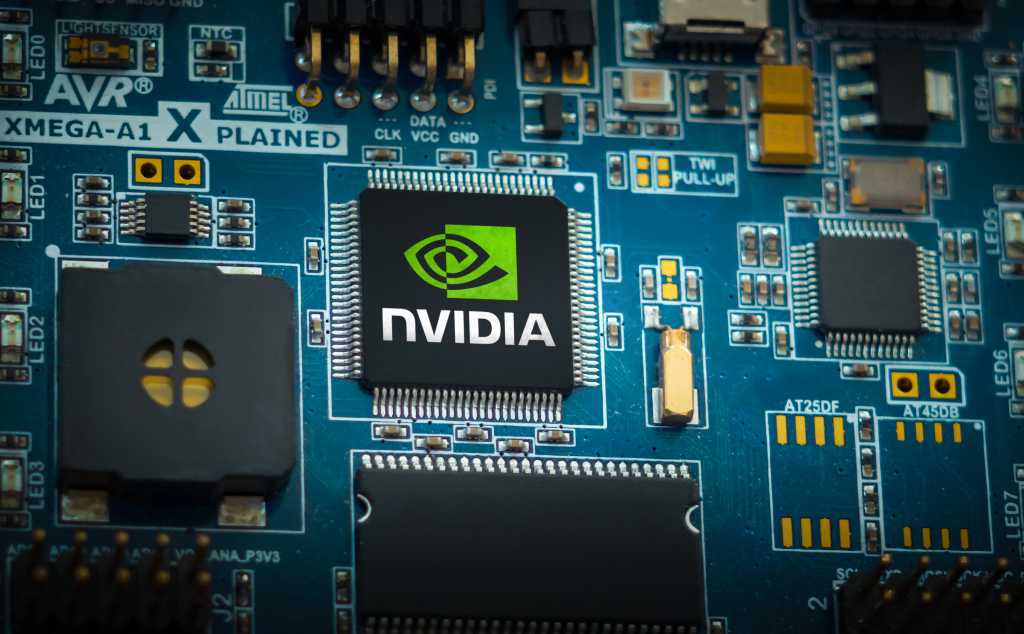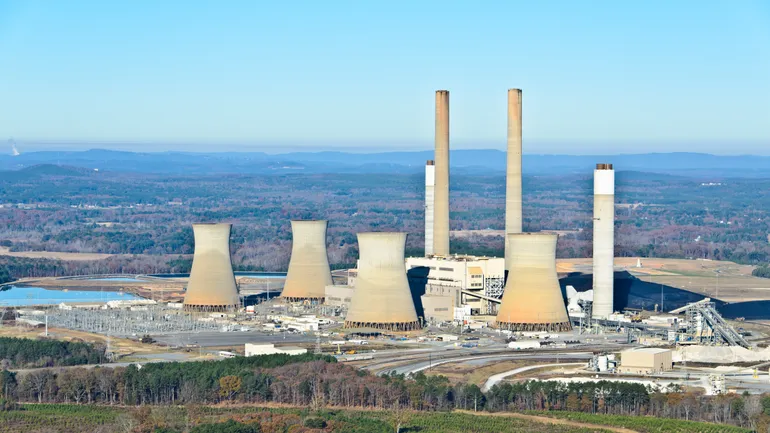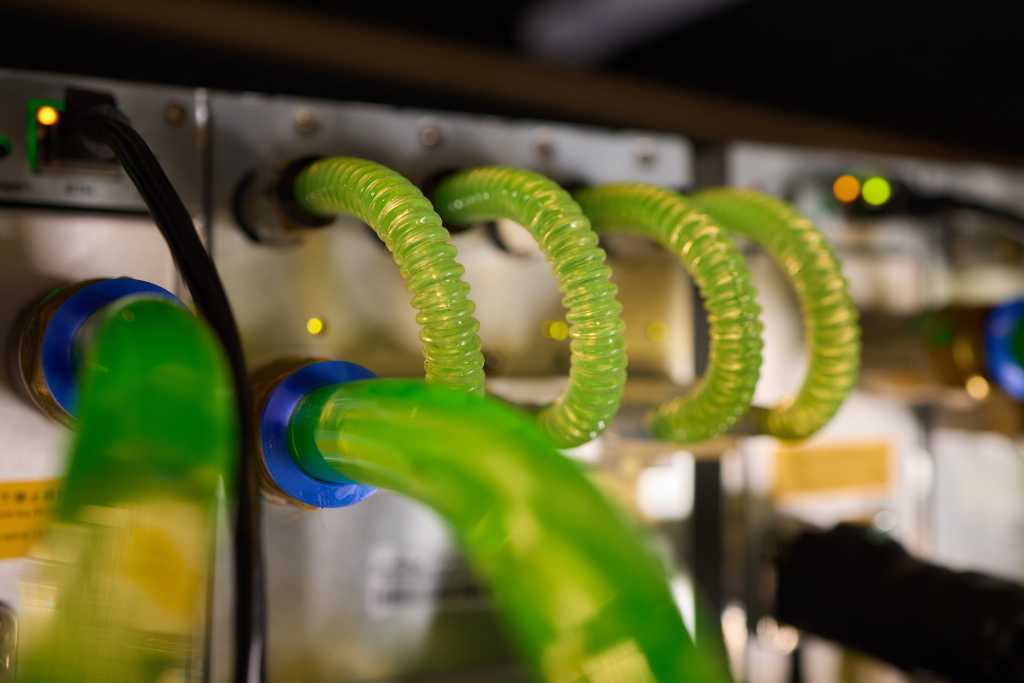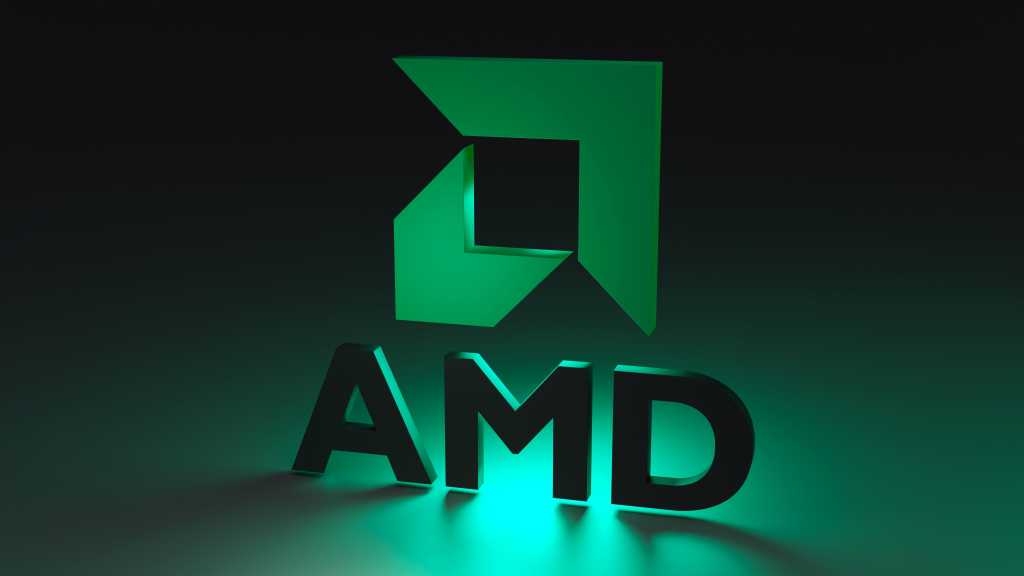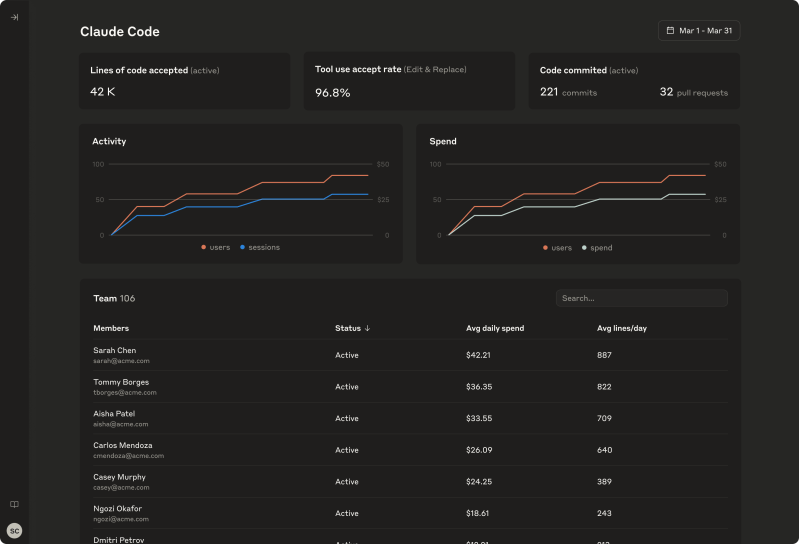
Dive Brief:
- Corning Inc. announced plans on Tuesday to invest another $600 million in its upcoming solar component facility in Richland Township, Michigan, aiming to accelerate advanced manufacturing operations.
- The additional funds will create 400 more jobs, bringing the total to 1,500 roles. The money builds on its February 2024 announcement through a $900 million investment.
- Production at the now $1.5 billion factory, which will be operated under Corning’s subsidiary Solar Technology, is expected to come online in the second half of the year, Chairman and CEO Wendell Weeks said in an earnings call Tuesday.
Dive Insight:
The solar industry experienced unprecedented growth in domestic capacity in 2024, accounting for 66% of the energy-generating segment space — which includes wind, natural gas and coal — in the United States, according to a U.S. solar market insight report from Wood Mackenzie and the Solar Energy Industries Association.
The increase was due to investments in capacity that were driven by the Inflation Reduction Act, as well as more resilient supply chains and growing interest from utility and power companies, the report stated.
Corning is experiencing increased demand for its solar products as well, which Weeks said makes the company’s solar assets “even more valuable.” Corning sold out its solar wafer capacity for the year, including from the Michigan facility under construction, EVP and CFO Edward Schlesinger said in the earnings call.
Furthermore, the company sold 80% of its planned capacity for the next five years, Weeks said last month at the company’s investor event.
Corning also launched a new solar market access platform, which it expects to generate $2.5 billion in revenue by 2028, Weeks said last month at the company’s investor event.
The company expects to see a “positive incremental impact” on its sales, profits and cash flow in the second half of the year, Schlesinger said in the earnings call.
“We are commercializing our new Made in America ingot and wafer products this year,” Schlesinger said. “We have committed customers for 100% of our capacity available in 2025 and 80% of our capacity for the next five years.”
While other companies and industries are adjusting their earnings forecasts for the year due to recent tariffs, the current levies are not significant for Corning due to stronger demand for their U.S.-made products, Weeks said.
“Our customers in optical communications, in solar, in mobile consumer electronics, and in life sciences are seeking to leverage our U.S. manufacturing footprint,” Weeks said. “And we expect to close and potentially announce commercial agreements in the coming months.”
Corning has taken further action to keep production in the U.S. and mitigate the impact of tariffs.
Last month, the company announced a partnership with solar component manufacturers Suniva and Heliene to develop a U.S. supply chain, producing solar modules domestically made with polysilicon, wafers and cells. Corning will supply the wafers while Hemlock Semiconductor, its joint venture with Japan-based Shin-Etsu Handotai, will supply extremely pure polysilicon from its Hemlock, Michigan, facilities.



